In January 2021, I wrote two Twitter threads on the peer-review procedure of Christian Drosten’s scientific publication about the Covid PCR test that formed the basis for the current political agenda. As an Editor of a Scientific Journal, I will give you some more insights into scientific peer-review processes and why fraudulent manipulation concerning Drosten’s PCR paper most likely took place at the Journal of publication “Eurosurveillance”.
Corman-Drosten PCR Paper
The scientific publication from Corman et al., with Christian Drosten as the corresponding author, set out principles with respect to the PCR testing procedure and is therefore considered critically. An international consortium of experts & scientists have critically analysed this mentioned publication and have found several serious flaws. These flaws, however, are mainly but not entirely of contentual nature. Unfortunately, until now, 20 months later, both the Journal and the involved authors failed to come up with counterarguments and explanations. In addition to substantive and conceptual weaknesses, the thing that worries me the most is how fundamental scientific principles have been compromised by the Journal “Eurosurveillance”.
The graphic below shows the duration of the Journal’s peer-review process. In 2019, the average time to publication for “original research papers” was 172 days, which is in line with my personal experiences. So why is a publication within such a period of time possible?
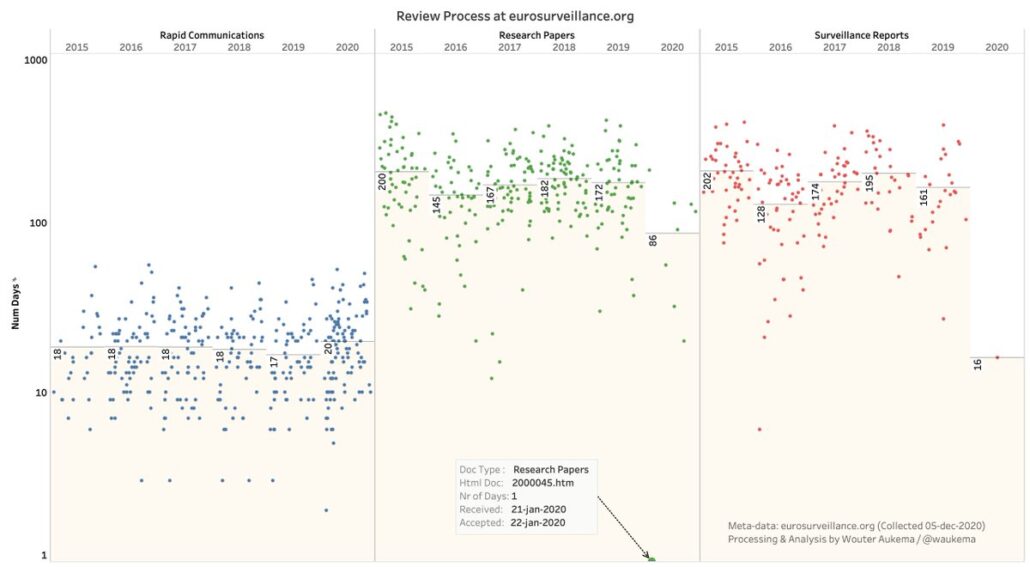
The Peer-Review Process
After writing the paper, the corresponding author (in this case Christian Drosten, who is also part of the Journal’s Editorial Board) had to submit the article via a submission form that looks as follows. “Agreement with authors” is another required document.
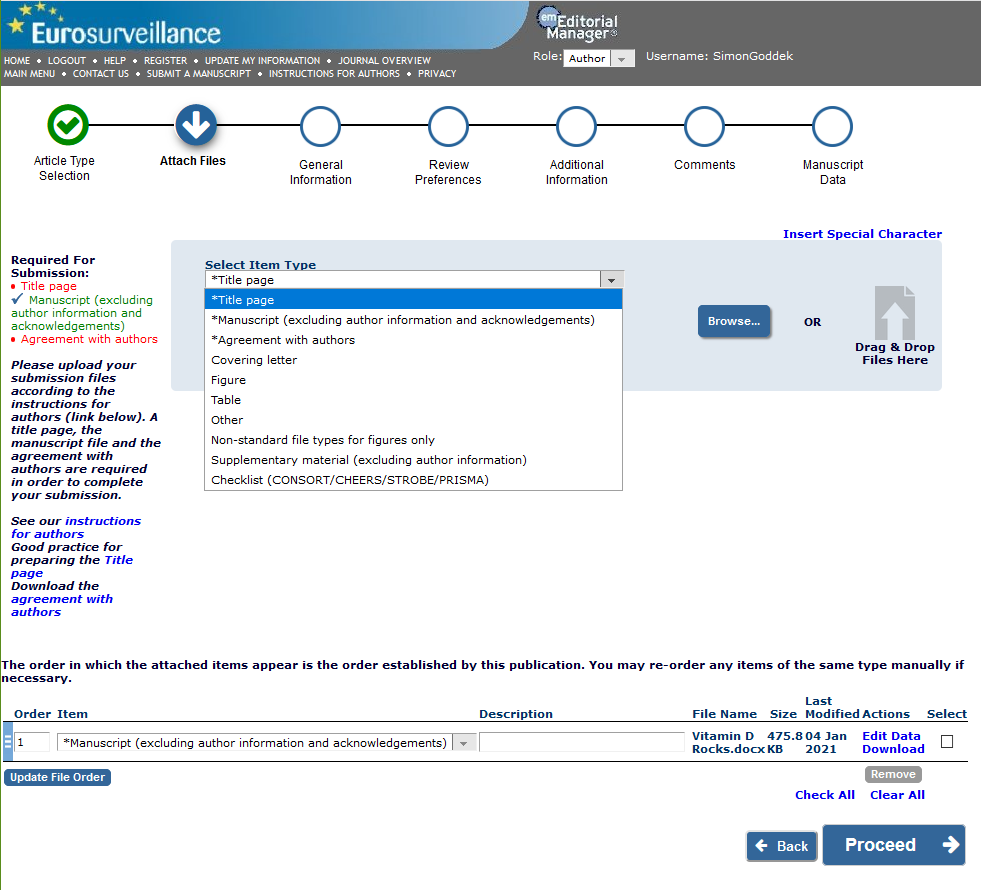
Christian Drosten consequently had to confirm that there were no conflicts of interest. Yet, Drosten was not honest as several (!!!) conflicts of interest have been detected that eventually were corrected under pressure end of July 2020.

After the paper submission, the Editor-in-chief (i.e. Dr Ines Steffens) had to accept the paper for peer review. One can argue that Drosten as a member of the editorial board, might have good relationships with that lady that could have accelerated the process. Point taken! The paper then had to be sent to at least two external and unbiased reviewers by either the Editor-in-chief or other editors of the editorial team that can be found here. I am usually happy to find sufficient peer-reviewers within 1-2 weeks (best case scenario).
Once an external peer reviewer, who needs to be an expert in that field, accepts the task to review, they generally have 30 days to perform the job. Reviewing a paper properly usually is not done within one day. It occurs very rarely that a review is completed within days. Each reviewer then has to rate the paper. There are usually 4 recommendations the reviewers can give:
- Reject [most common]
- Major Revisions [common]
- Minor Revisions [rather uncommon]
- Accept [very rare]
After both reviewers have given their recommendation, this is what the editor sees.
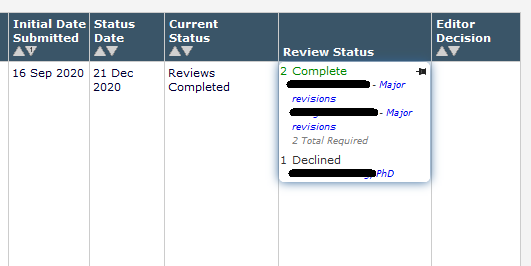
In the case above (example from my Journal), both reviewers propose major revisions of the manuscript. If the editor agrees with this recommendation, the authors receive the reviewers’ comments that must be addressed before entering iteration processes. My personal experience is as follows:
- Having two reviewers immediately accept the manuscript is close to impossible. (given the methodological flaws of the Corman-Drosten paper, I simply cannot imagine such a scenario)
- It usually takes about 2-4 review iterations until a publication is considered publishable.
This means that having a paper accepted within less than two days would thus mean:
- The editor in charge found experts that are willing to review within hours.
- All experts immediately reviewed the manuscript and found it “perfect as it is”
- The editor directly handled the review reports.
However, after acceptance (see a screenshot example below), the paper still needs to be sent to a typesetter so that the manuscript is in style (i.e. formatting, citation style etc.) of the Journal. This usually takes several days up to two weeks.
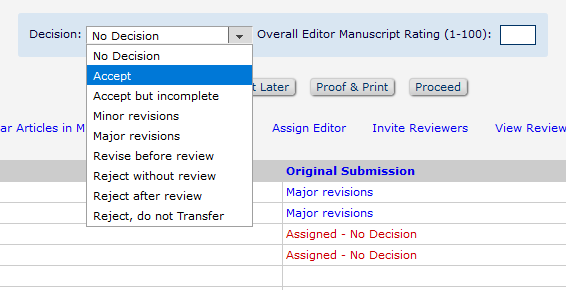
The typesetter then comes back to the corresponding author with “Queries” (i.e. Q1-Qx). These queries usually address internal (tables, figures) and external (cited work) references and co-author details. All queries need to be addressed by the corresponding author. After addressing all of these queries it usually takes some more days until the publication is made available online in its final form. This whole procedure from submission to publication takes about six months on average, which is in line with the Journal’s usual paper processing times, as shown above. Less than two days, however, smells like scientific fraud and corruption. By the time of submission, extraordinary importance was no factor that could explain this phenomenon. This is a major scientific scandal, and Eurosurveillance wraps itself in silence.
Given the fact that Drosten’s procedure follows a similar script compared with the swine flu “pandemic” in 2009 (i.e. collaboration with Olfert Landt concerning the PCR test creation, scaremongering etc.) leaves a sour aftertaste. The addressed scandal needs to be fully clarified, especially with respect to the roles of all of the individuals and parties involved (especially, Drosten and Ines Steffens). I wonder why co-authors such as Marion Koopmans didn’t find it suspicious that their paper was literally accepted and available online overnight. As a co-author and serious scientist, I would immediately express my concerns. The whole situation becomes even more obscure, knowing that Marion Koopmans is part of a WHO panel that declared Drosten’s PCR test “gold standard” one day after the paper got published, which means two days after the paper got submitted.
That paper has set off an avalanche and has been cited more than 4600 times within 1.5 years. But, unfortunately, the work and its publication process do not meet any requirement of scientific accuracy and formal correctness.
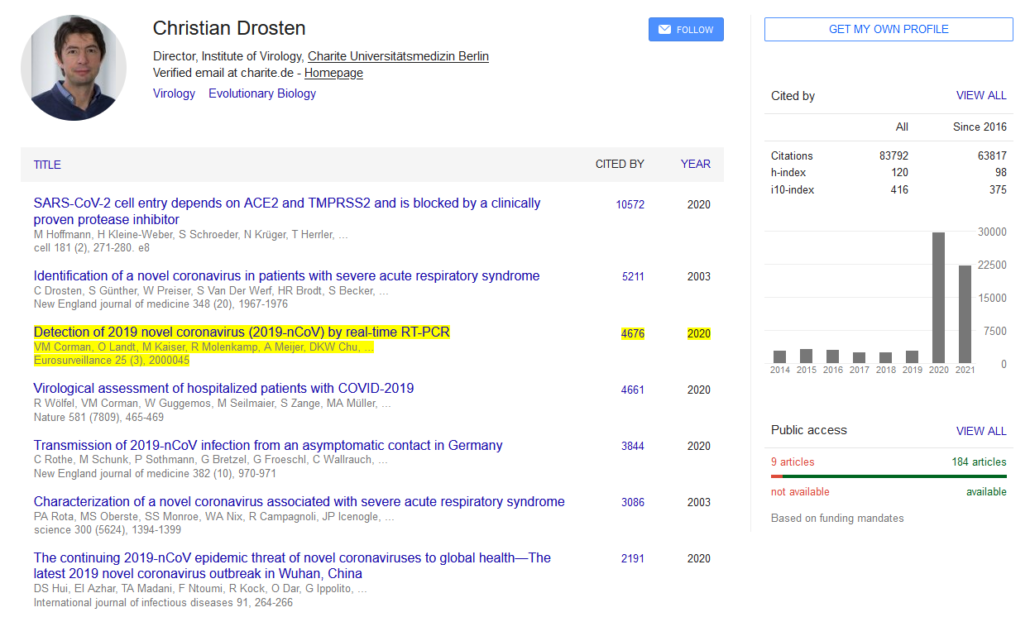
The publication thus needs to be marked as biased by Eurosurveillance immediately. In addition, an independent commission needs to examine the exact process and possible fraud/corruption (back in January 2020) and come up with possible consequences for all parties involved. All Eurosurveillance has done so far was an internal and intransparent check, and they stated that they had not found any flaws, which is a lie.
Ad-Hominem Attacks instead of Objective Debates
First of all, I want to state that I did not intend to set off an avalanche in January 2021. I simply could not believe my eyes when I saw how quickly Drosten’s publication got peer-reviewed and published. As a scientist, it is my right and duty to address this and raise questions.
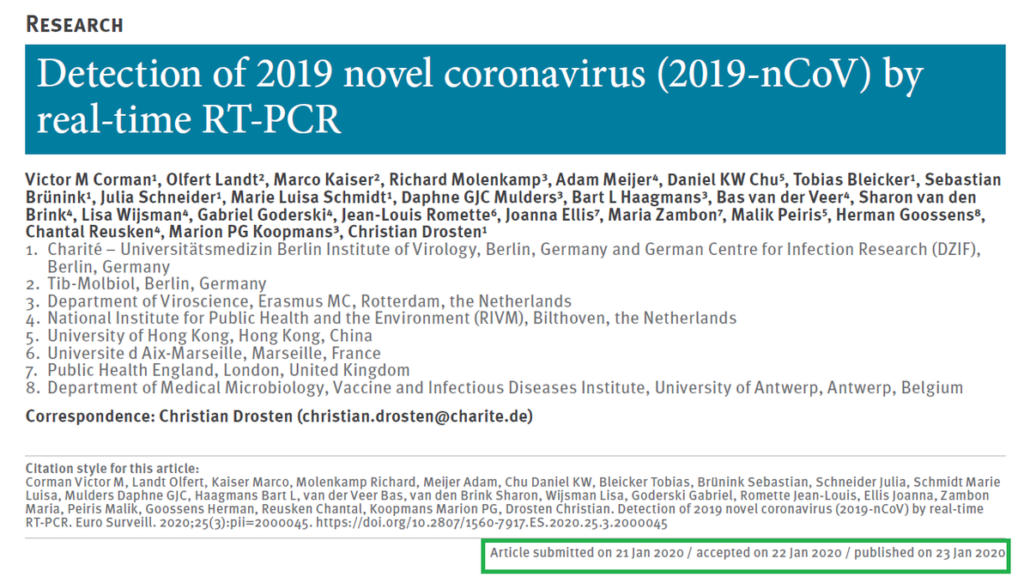
Right after my first Twitter thread on that topic went viral, I was warned by several people that I needed to be prepared for “Drosten’s army” to attack me. Something I could not have imagined, as I have never received any shitstorm on the internet before. I am aware that it is pretty hard to describe complex issues with only 280 characters, making misunderstandings and conflicts virtually inevitable. Over time, the perceived personal view or conviction might change due to the latest state of knowledge or varying contexts.
The sad fact is that none of the attackers was actually dealing with what I have written. Many of them were linked to Drosten himself and addressed Springer Nature directly and demanded my withdrawal as an editor in the field of aquaponics, as I am “hardly a specialist in virology”. However, I did not address the topic of virology in my thread but solely gave insights into the peer-review process.
Analysing the Time of Peer Review
My analysis showed that the actual window for the peer-review process was 3.5-27.5 hours, which I will elaborate on below. Everything goes back to a document of the WHO, which was created (!!!) the day the Corman-Drosten paper was submitted to Eurosurveillance. The meta-data shows that it was created on the 21st of January 2020 at 8:30 pm CET (Central European Time).
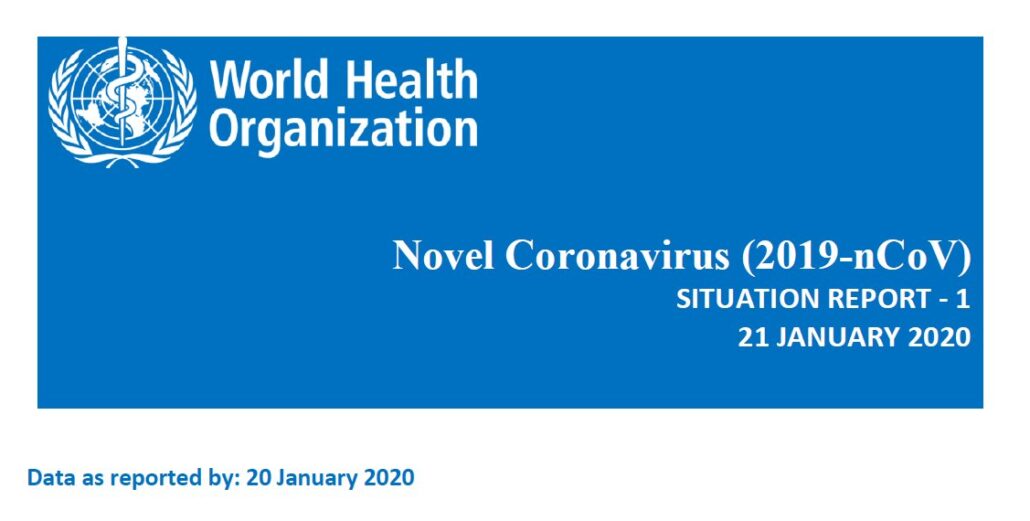
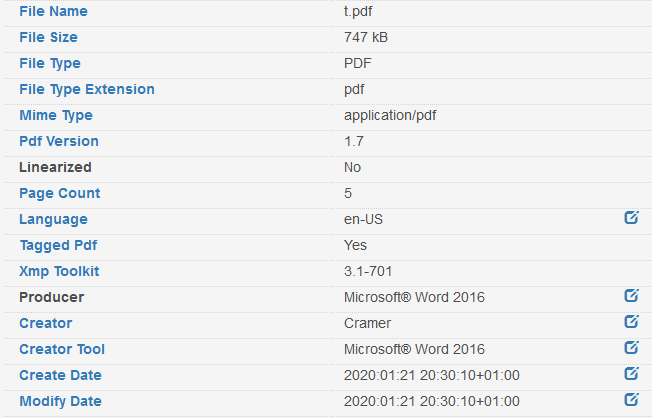
Via the Wayback Machine, everybody can download the first version of the paper published on the Eurosurveillance server. This paper cites the WHO document below (marked in green).
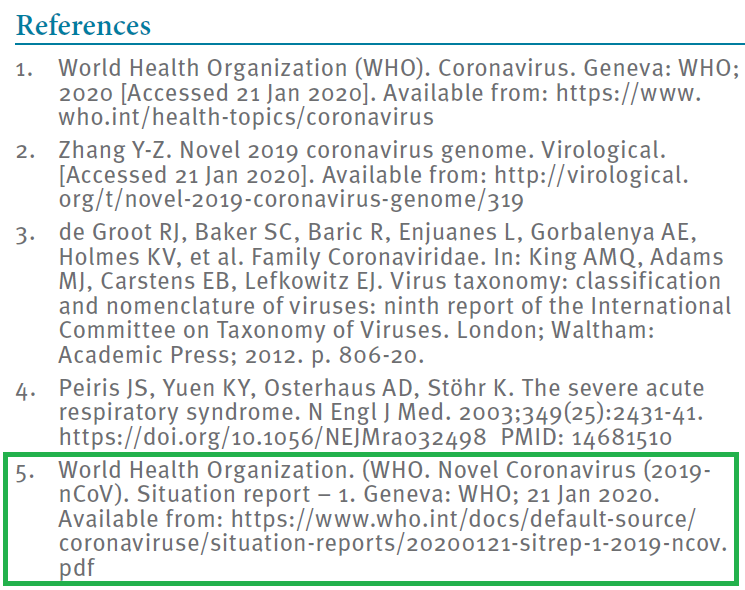
The Drosten paper was officially submitted on 21/01/2020, accepted on 22/01/2020, and published on 23/01/2020. This means that, given the timestamp of the WHO paper, there is only a 3.5h theoretical time window that the paper could have been submitted on 21/01/2020.
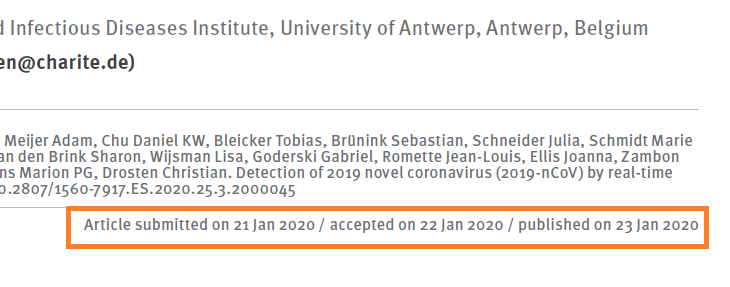
As stated above, the peer-review process requires quite some time (due to iterations etc.). Given the official data we got, we can retrace how much. So the earliest moment the paper could have been peer-reviewed and accepted is on 22/01/20 at midnight and the latest at 22/01/20 at 11:59 pm (CET). The whole peer-review process thus had a time window of 3:30h-27:30h.
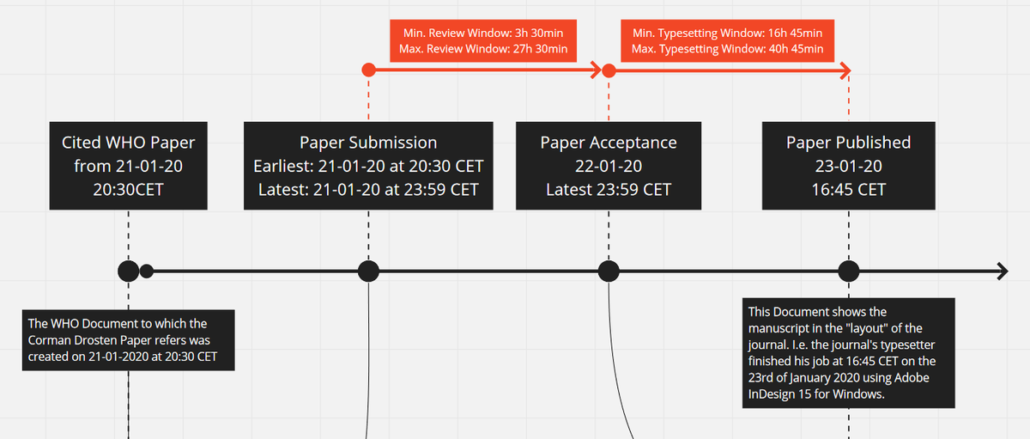
The paper was published on 23/01/20 at 4:45 pm (CET), so the typesetter did a fantastic job. Again, this is just my humble analysis of this process that I am willing to share, and I am also ready to discuss my findings critically. Theoretically speaking, the reference to the WHO document could have been modified during the typesetter’s “query process”, expanding the time window by some hours. Nonetheless, the observed and reconstructed peer-review process shows – to put it mildly – considerable irregularities. Every peer-review process leads to anonymous review reports. When demanding Eurosurveillance to at least release these reports, they said they could not do so due to privacy concerns. However, all peer-review reports are anonymous, so they lied there – most likely to cover up scientific fraud.
Even a possible “extraordinary importance” (which was not a factor back in January 2020) is no reason to rush through the process that quickly. The publication could also have been made available as a pre-print document while undergoing a thorough peer-review process. All things considered, transparency is required in this critical case. And again: it is discourteous to shoot the messenger when criticism would be better addressed to the parties involved in these apparent irregularities.
The Aftermath
The Journal is still shrouded in silence. The scandal has still not been dealt with transparently. Nor has any legal action been taken against Drosten or Eurosurveillance. The German “Corona Ausschuss”, which claims to want to defend itself legally against the “Corona Dictatorship”, had nine months to legally tackle this scandal but instead preferred to meditate live online and make music or make empty promises. It seems that the network of actors is vast and closely intertwined. I do not believe that this fraud will be solved, which has allowed taking the whole world hostage, but I do not give up hope. The more people know about this fraud, the more likely it is that something like “justice” will arrive one day.
I’d be very happy about your support – be this morally, advisory or financially. You can leave a comment below this article, contact me via my Telegram channel (https://t.me/goddek) or support my work in a financial way via Patreon or Crypto donations.
Patreon: regular periodic content and platform to support my fight against corrupt science
NANO: nano_39mcjbg81absixi38da9x5tko1xqziiwzmxoy7a67o9dbmxqcdttznwrary6
Bitcoin: bc1qq5h4kmxs0mht7duwg5nxjmwtyvdvwnx4jfegv0
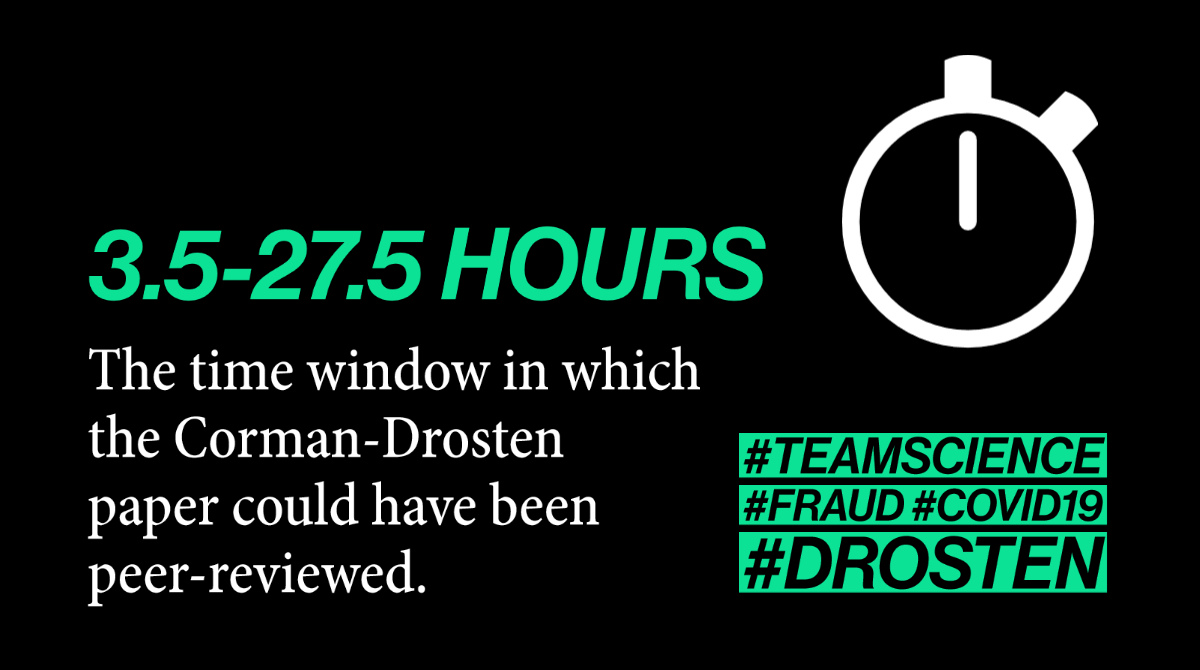

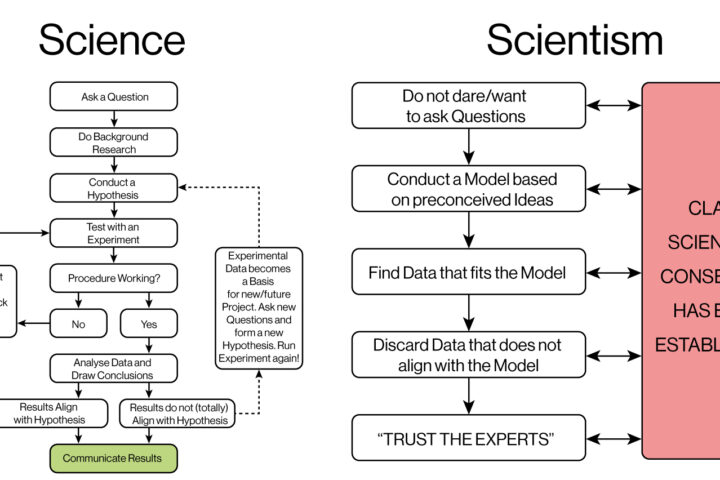
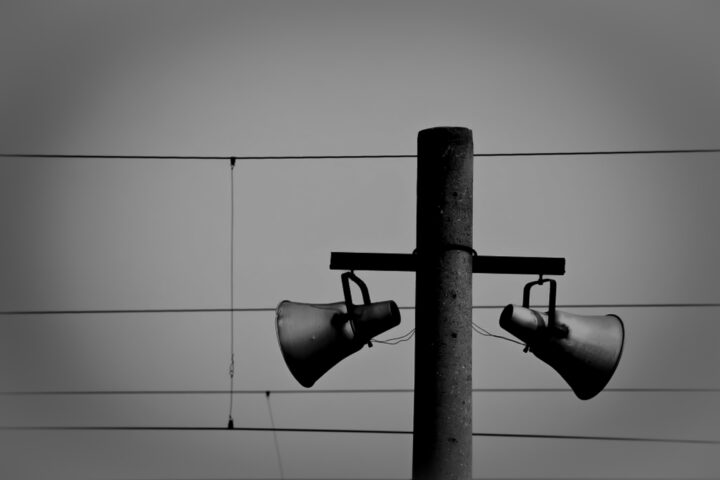
Excellent analysis and explanation and clarity provided. Most of the world are blind and will fail in grasping the blatant and wilful fraud in plain sight. Every word of truth spoken is a nail in the coffins of these deceivers.
[…] decided to speak up on Twitter and Telegram, which was very well received. I made it to 35 million views per month on Twitter with […]